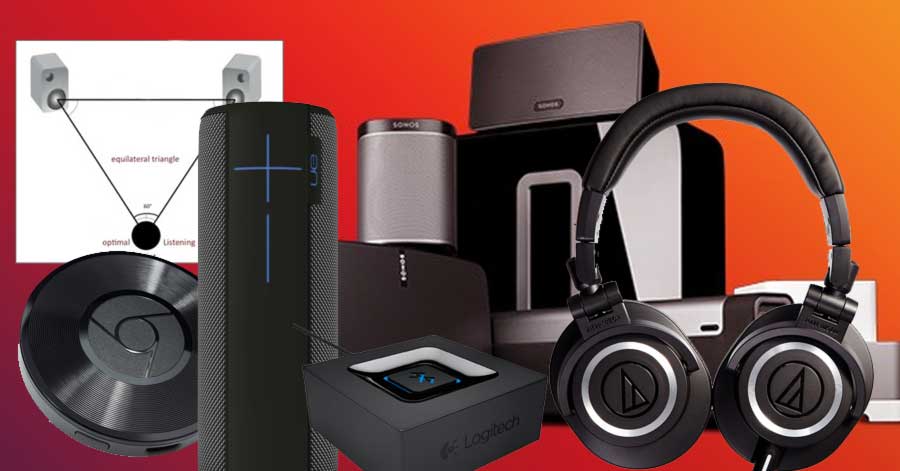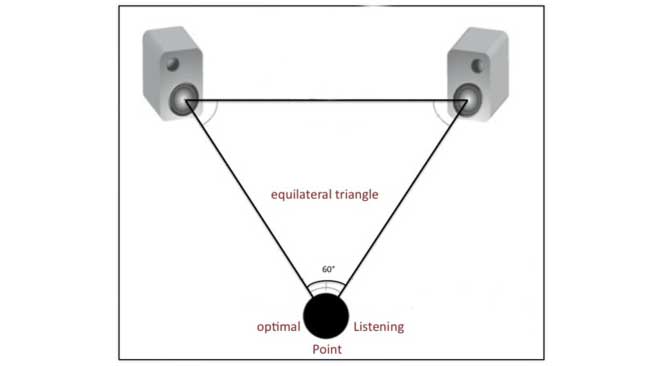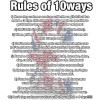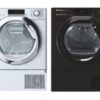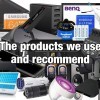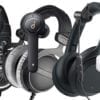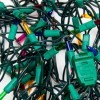Improving the audio in your house may lead to more parties at yours = More costs cleaning up etc BUT less spent on heating your house (people = free heat).
Here are 10 ways we’ve improved our homes with audio, we’re not audio experts but these are things we’ve actually done and can guarantee they work. If you’ve got any further tips let us know in the comments below.
1) Google Chromecast Audio
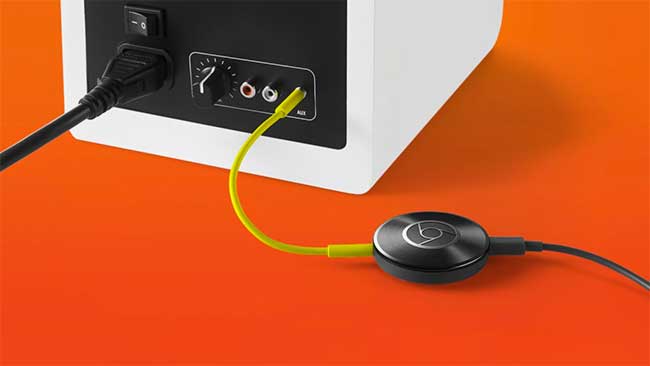
Very simply this connects to your existing speakers and allows you to control them via your iPhone / iPod / iPad / Android Phone / Computer etc.
You can stream audio from the Web (e.g. YouTube) Dedicated apps (e.g. Spotify) or even music directly on your device.
You can allow guests temporary access to your system so no constant unplugging of devices / or leaving your phone next to the sound system all night.
You can also group devices together, for instance, let’s say you have a speaker in the lounge & your bedroom, you can link these to play the same (or different) tracks at the same time.
Buy: Currys (£15-£30)
2) Sonos
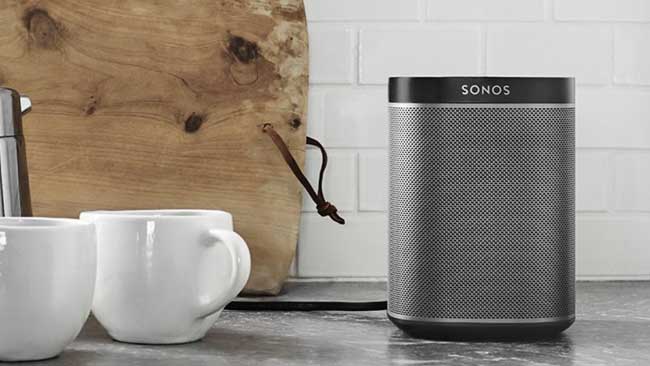
Very similar to Chromecast above, however, the speaker is all in one and needs no additional items, if you don’t have any existing speakers these are a superb solution. These are extremely well-made speakers with tons of functionality built in (including everything the Chromecast does + more), for instance, when our doorbell rings our music on our Sonos drops and the speakers tell us someone is at the door. We have two of the Play:5 speakers around the house and plan 2 of the smaller ones elsewhere.
Buy: Amazon | John Lewis (£150+)
3) A Portable Speaker (battery operated)
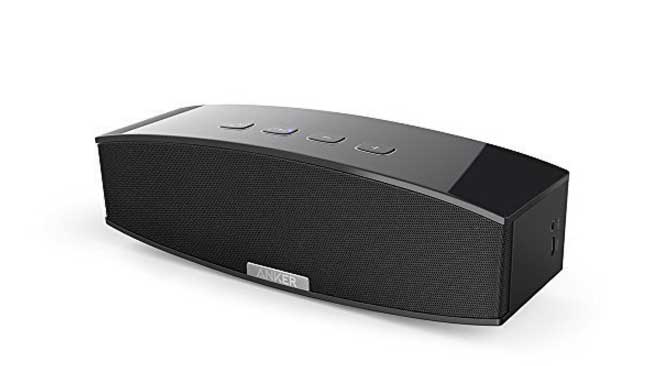
I’m sure these don’t really need an explanation, they’re portable high-quality mini portable speakers. Ideal for holidays, moving around the house and perfect for students who don’t have hundreds to splash on fancy sound systems.
Buy: Check our full selection of portable speakers (£10-£150)
4) Bluetooth Connector for existing Speakers
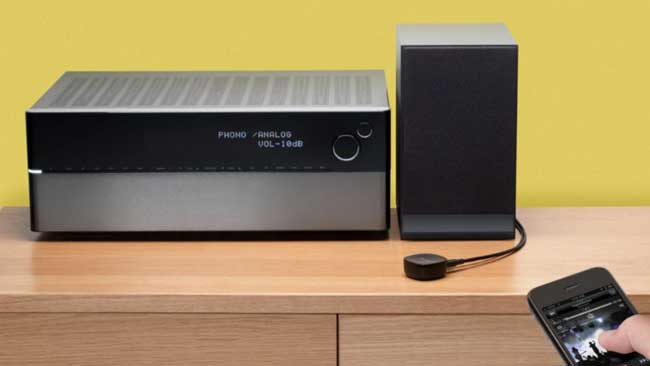
Extremely similar to the Chromecast however instead of using Wifi they use Bluetooth. Bluetooth means you generally have to be much closer to the speakers to get them to work but they’re generally much cheaper.
Buy: Amazon (Logitech) | Amazon (Belkin) | There are tons of cheaper versions on eBay etc. (£5-£30)
5) Cut the cost of your Spotify membership
 We pay £5 a month for Spotify, learn how here! (£5-£10)
We pay £5 a month for Spotify, learn how here! (£5-£10)
6) Check your streaming settings
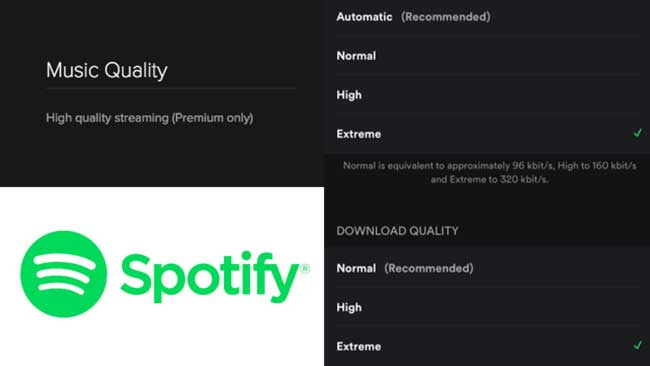
Most likely you’re paying for something you’re not fully utilising!
On Mobile: Spotify > Settings > Streaming Quality
On Mac/PC: Spotify > Preference/Settings > Music Quality
Other services will offer similar settings, just remember if you don’t have unlimited data you may find yourself running out sooner if streaming!
7) Close the curtains / Don’t buy that glass coffee table
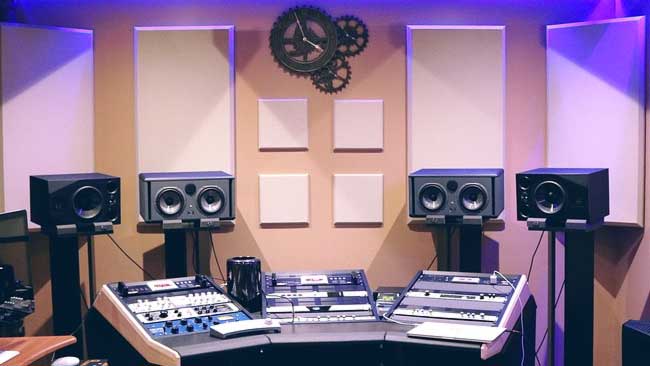
Now this is a tad extreme but something any audiophile will take on seriously. Sound waves travel through space and are absorbed/bounced off different surfaces, the latter is a problem when you mix glass with sound waves. Pure hi-fi purists have been known to hang fabric over windows / walls / doors etc! As strange as all of this sounds just consider the negatives of placing certain furniture in a room where you will do music listening etc
8) Forget your speakers and go for headphones instead
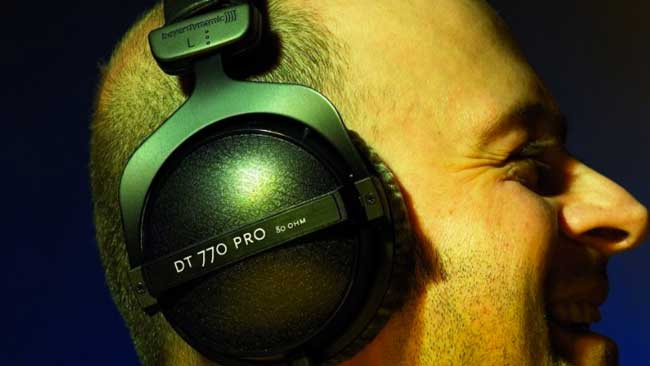
Buy: Check out our full Headphone guide (£15-£200)
9) STOP using your laptop for audio!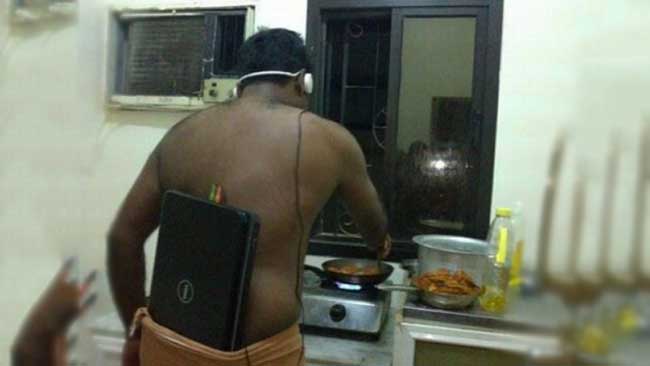
Buy: Check out our full guide on speakers for your desk (£25-£300)
10) Setup your speakers properly
- This may be obvious for lots of us but remember that most speakers are directional devices (e.g. they sound best when directed at you).
- Aim speakers at your preferred seat / area.
- Subwoofers are less important and it will be a case of trial & error to find the best spot for it.
- A good rule of thumb is to make an equilateral triangle, in other words set your right & left speakers at an equal distance from you and themselves, this reduces overlap/delay of the sound and gives the best stereo effect.
- Put bookshelf speakers on stands! Using actual bookshelves to ‘store’ your speakers will often trap & redirect sound along with unwanted vibration.
- Don’t bother with 5.1 or 7.1 surround sound if you’re primarily listening to music, most music is recorded in stereo audio so it’s wasted on the other speakers

